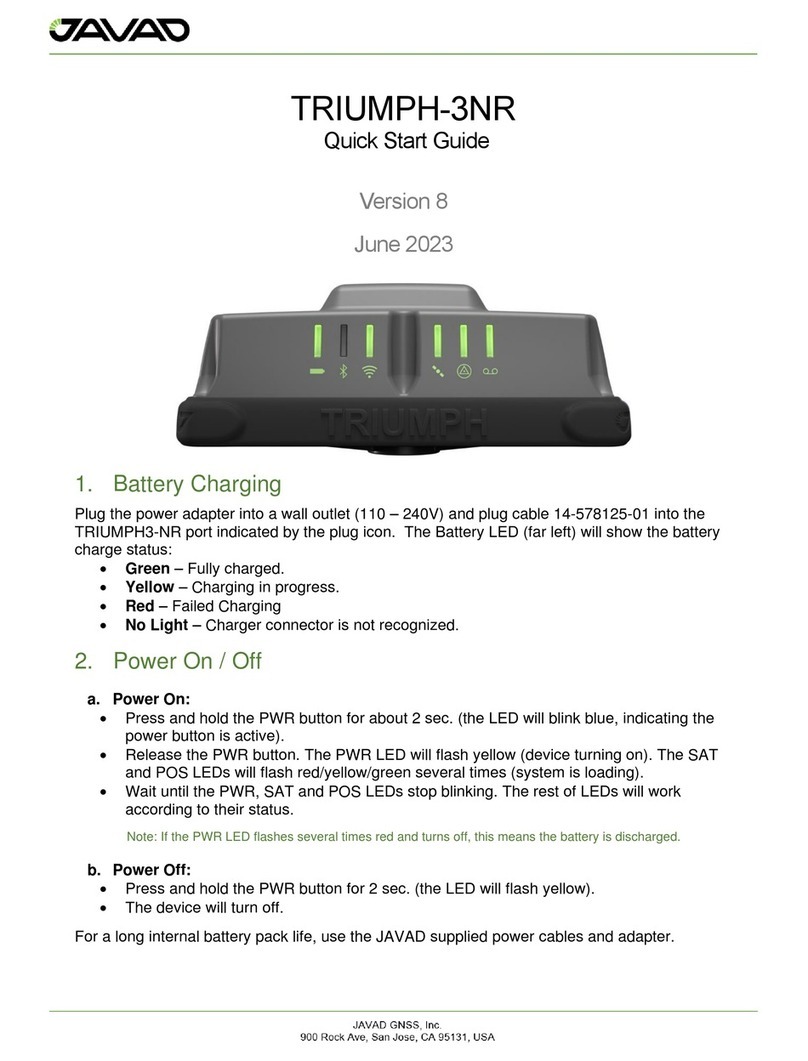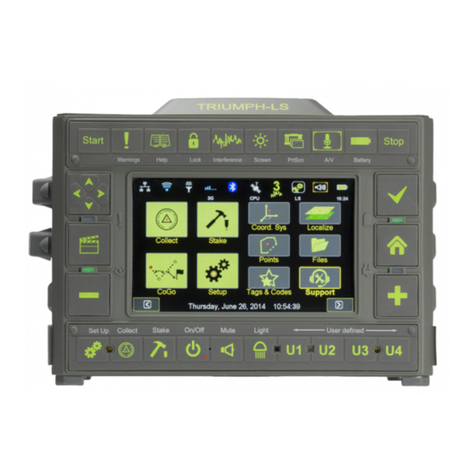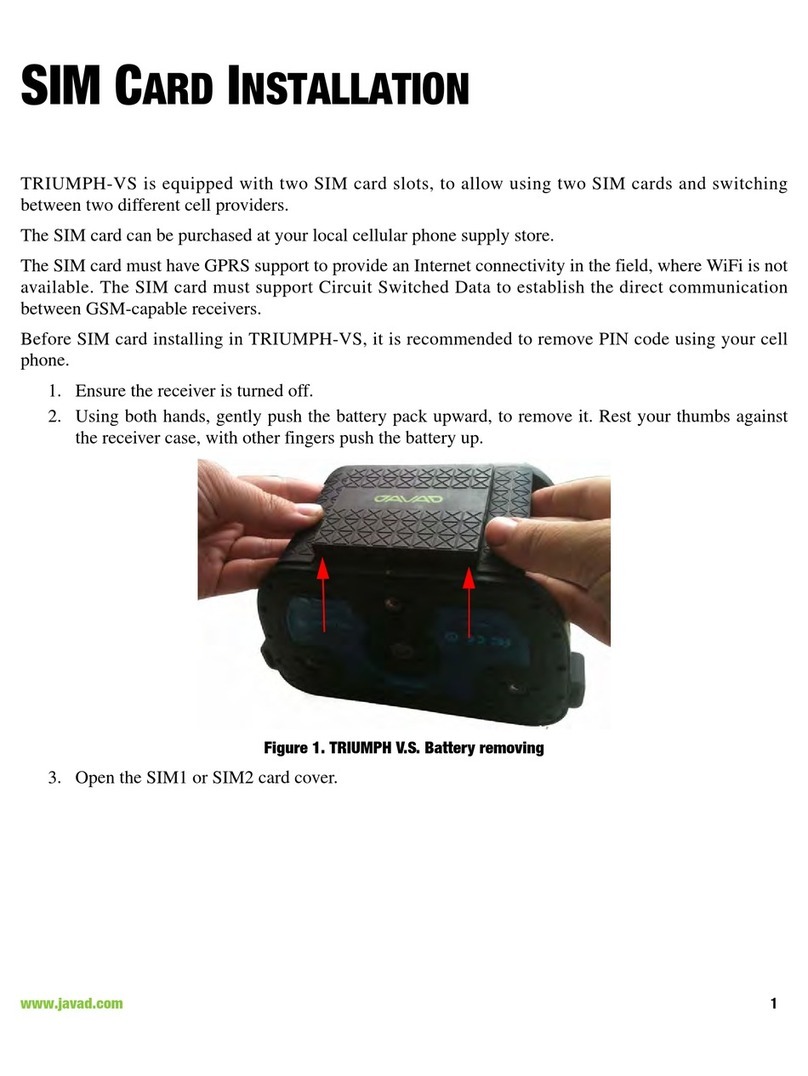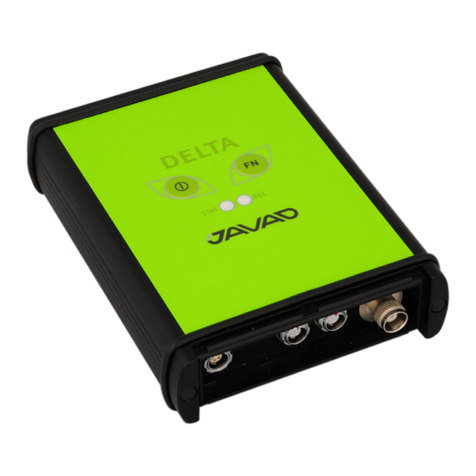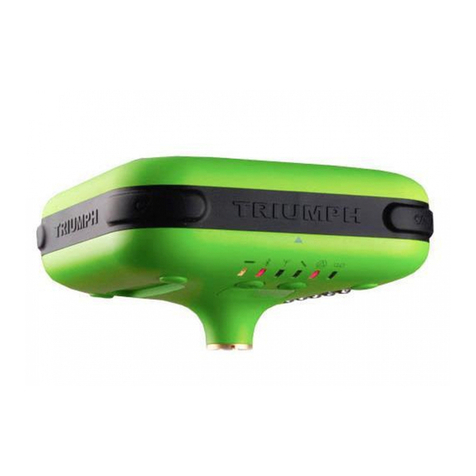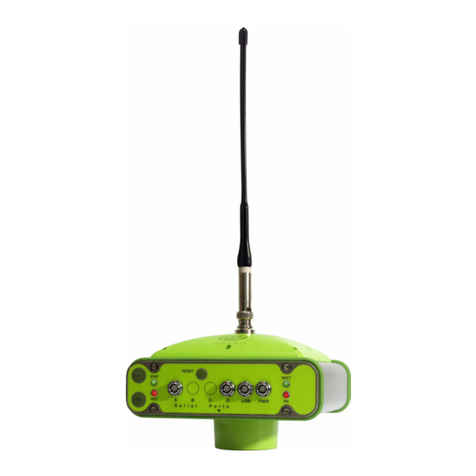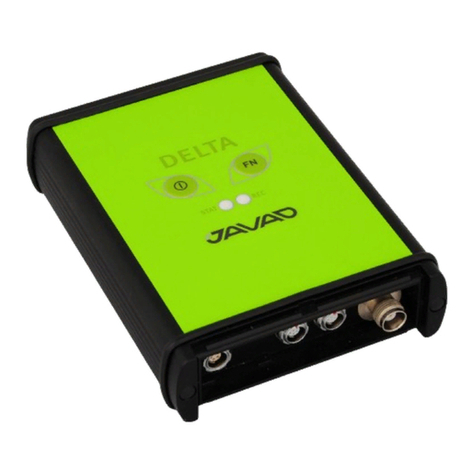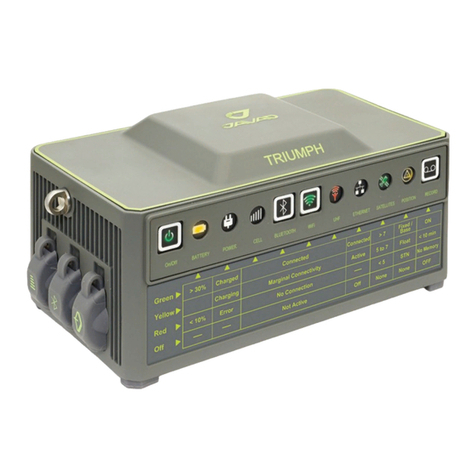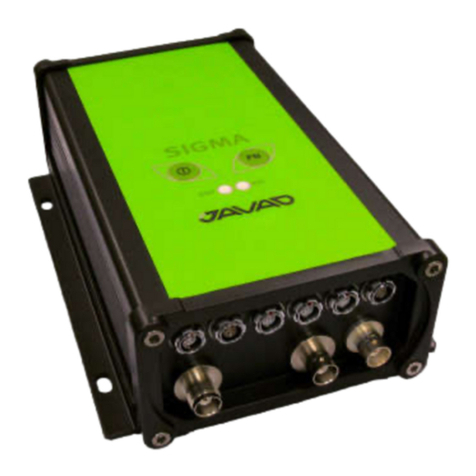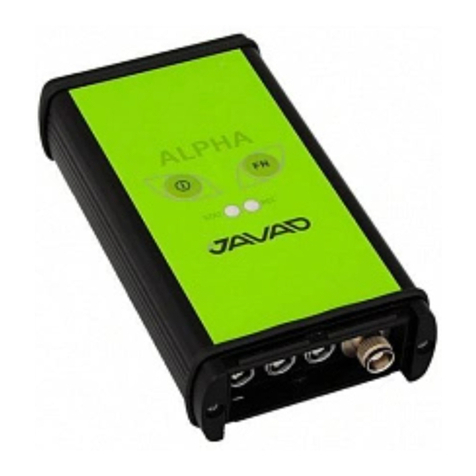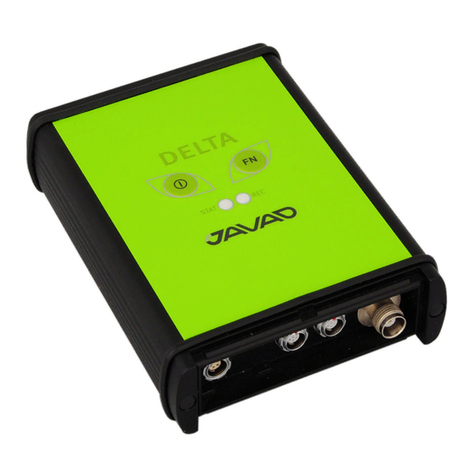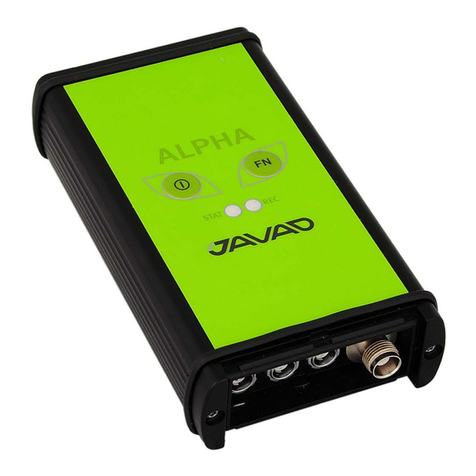
Description and Operation
Principles of Operation
GNSS Overview
10 www.javad.com
commercial mapping, civil engineering, precision agriculture and land-based construction and agriculture
machine control, photogrammetry mapping, hydrographic and any use reasonably related to the
foregoing.
1.1. GNSS Overview
Currently, the following three global navigation satellite systems (GNSS) offer line-of-site radio
navigation and positioning, velocity, and time services on a global, all-weather scale to any user equipped
with a GNSS tracking receiver on or near the Earth’s surface:
• GPS – the Global Positioning System maintained and operated by the United States Department
of Defense. For information on the status of this system, visit the US Naval Observatory website
(http://tycho.usno.navy.mil/) or the US Coast Guard website (http://www.navcen.uscg.gov/).
• GLONASS – the Global Navigation Satellite System maintained and operated by the Russian
Federation Ministry of Defense. For information on the status of this system, visit the
Coordinational Scientific Information Center website (http://www.glonasscenter.ru/
frame_e.html).
• Galileo – an upcoming global positioning system maintained and operated by Galileo Industries, a
joint venture of several European space agencies/companies working closely with the European
Space Agency. Unlike GPS and GLONASS, this is a civil endeavor and is currently in the
development and validation stage. For information on the status of this system, visit the Galileo
Industries website (http://www.galileo-industries.net).
Despite numerous technical differences in the implementation of these systems, satellite positioning
systems have three essential components:
• Space – GPS, GLONASS, and Galileo satellites orbit approximately 12,000 nautical miles above
Earth and are equipped with a clock and radio. These satellites broadcast ranging signals and
various digital information (ephemerides, almanacs, time&frequency corrections, etc.).
• Control – Ground stations located around the Earth that monitor the satellites and upload data,
including clock corrections and new ephemerides (satellite positions as a function of time), to
ensure the satellites transmit data properly.
• User – The community and military that use GNSS receivers to calculate positions.
1.2. Calculating Absolute Positions
When calculating an absolute position, a stationary or moving receiver determines its three-dimensional
position with respect to the origin of an Earth-Center Earth-Fixed coordinate system. To calculate this
position, the receiver measures the distance (called pseudoranges) between it and at least four satellites.
The measured pseudoranges are corrected for clock differences (receiver and satellites) and signal
propagation delays due to atmospheric effects. The positions of the satellites are computed from the
ephemeris data transmitted to the receiver in navigation messages. When using a single satellite system,
the minimum number of satellites needed to compute a position is four. In a mixed satellite scenario
(GPS, GLONASS, Galileo), the receiver must lock onto five or more satellites to account for the different
time scales used in these systems and to obtain an absolute position.
